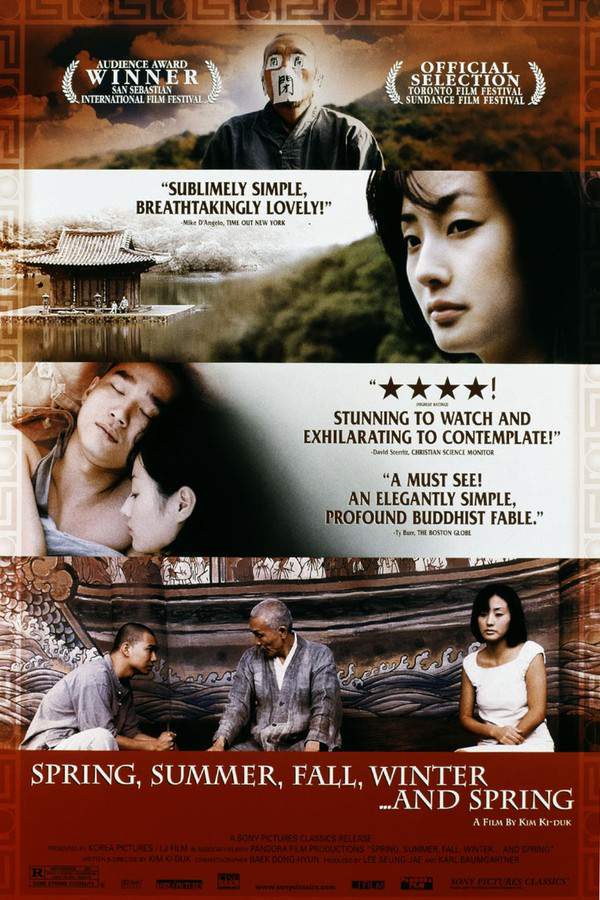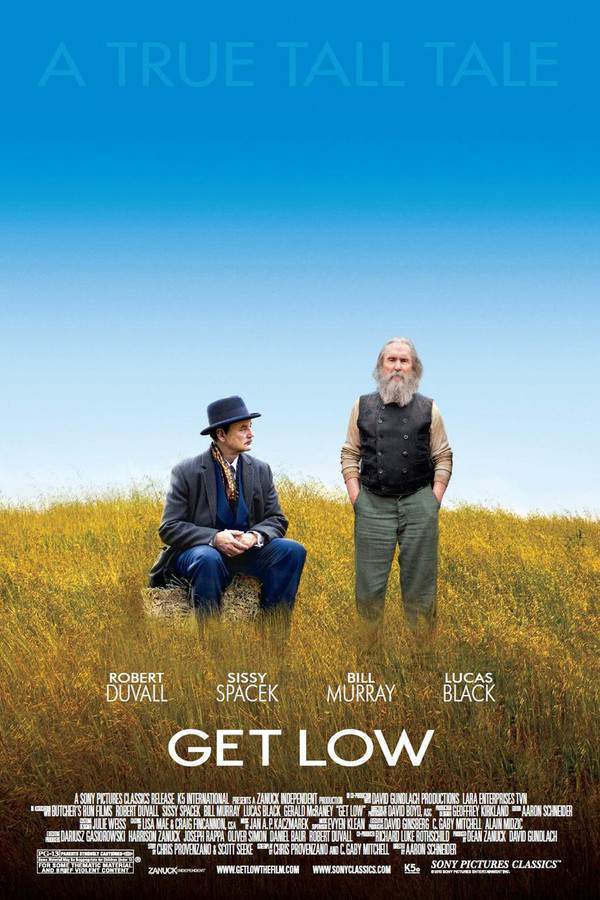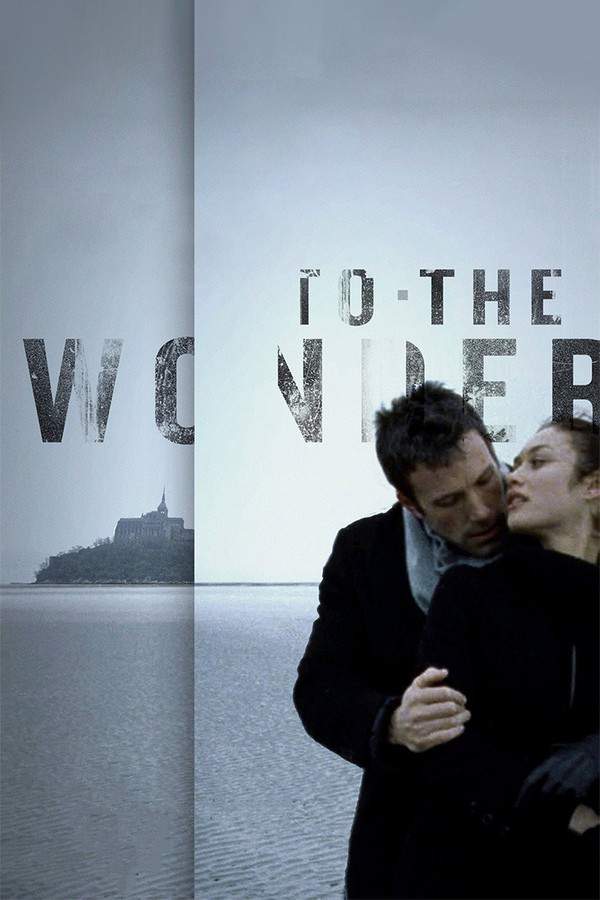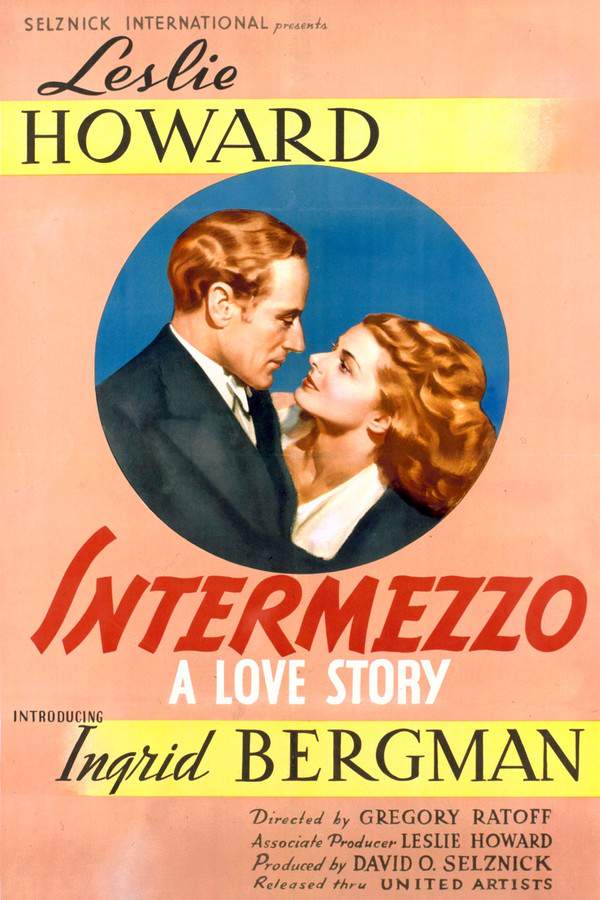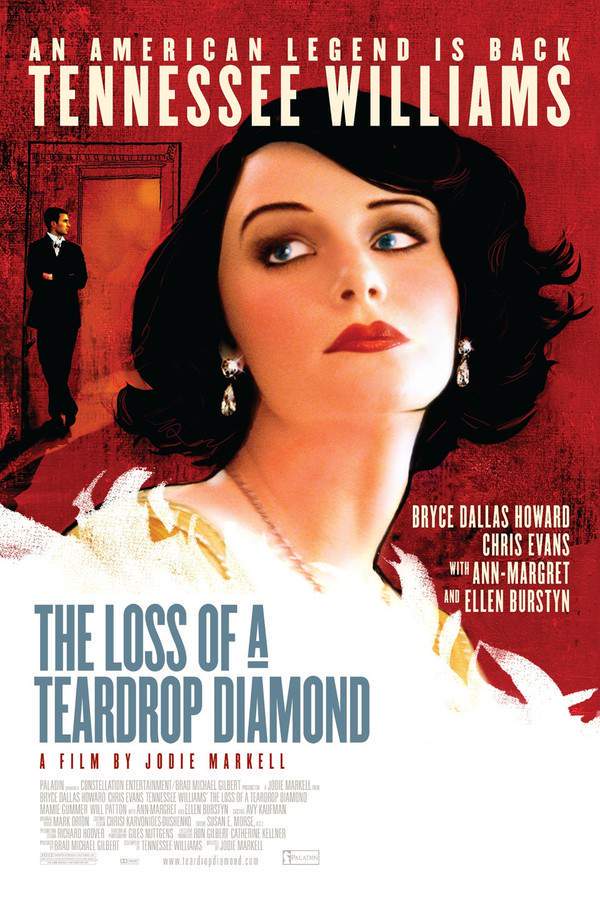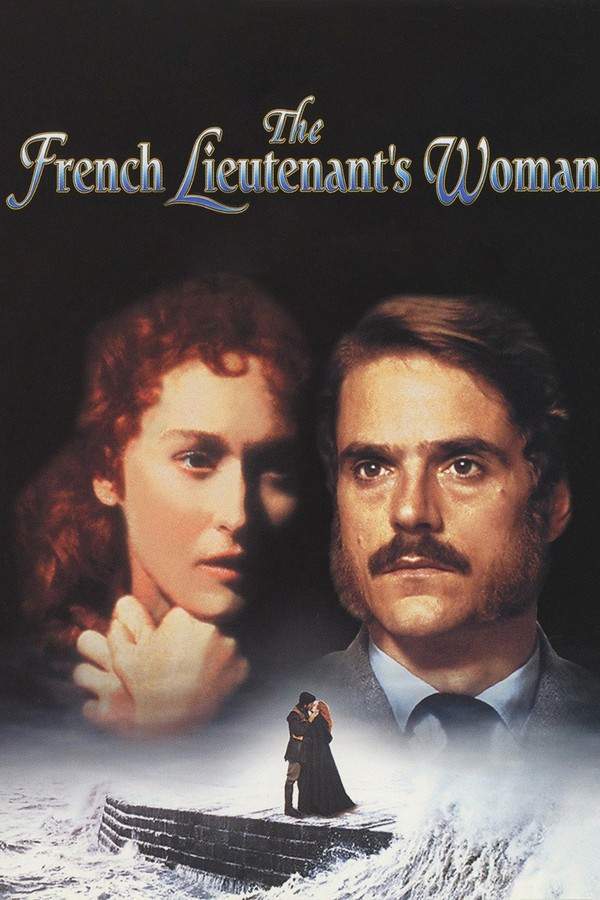
The Rest Is Personal…
Year: 2013
Runtime: 155 mins
Language: Bengali, Bangla
Director: Pradipta Bhattacharyya
While filming a documentary about true love, filmmaker Pramit hears rumors of Mohini, a village said to enchant anyone who enters with feelings of love. Intrigued, Pramit and his cameraman embark on a journey to find this enigmatic place and uncover the secrets behind its captivating power, hoping to capture a unique story about the nature of love itself.
Warning: spoilers below!
Haven’t seen The Rest Is Personal… yet? This summary contains major spoilers. Bookmark the page, watch the movie, and come back for the full breakdown. If you're ready, scroll on and relive the story!
The Rest Is Personal… (2013) – Full Plot Summary & Ending Explained
Read the complete plot breakdown of The Rest Is Personal… (2013), including all key story events, major twists, and the ending explained in detail. Discover what really happened—and what it all means.
Bakita Byaktigoto visualizes a complex braid of private feeling, memory, and the impulse to understand love, using an expressionist sensibility that nods to the neo-realist mood of cinema. The film treats human emotion as a mosaic: private instincts, social pressures, and the act of watching each other all intertwine to shape how a person moves through love and life. At its core, it suggests that cinema itself is a montage of personal experiences, a theory that feels both intimate and audacious as it unfolds. The narrative sets out as a quiet meditation on what it means to seek connection in a world where privacy is scarce and perception is everything.
Pramit Roy, the film’s protagonist, is an independent filmmaker who wanders from pavements to alternative classrooms, gathering voices about love and what it means to feel it. He is accompanied by a steady cameraman, Amit, who helps translate these scattered attitudes into images and scenes. The duo’s journey is less about a single romance than about tracing the many routes love can take when filtered through observation, doubt, and the impulse to capture something true on tape. Their collaborative effort to understand love grounds the story in a realistic texture even as the mood occasionally drifts into symbolic territory.
The search for a satisfying answer about love leads them to a melodramatic astrologer who guides them toward Mohini, a figure shrouded in enigma. Mohini becomes the destination of their “treasure hunt” for love, a quest that is less about a concrete address and more about the emotional state they hope to inhabit. To reach this elusive horizon, Promith and Amit follow a series of clues and conversations that involve others in their circle, including a pivotal sequence at a bus-stop where they’re meant to be picked up by a Rickshaw puller. When they finally arrive, the experiences they encounter feel like a carefully laid trap that tests their boundaries, their trust, and the very idea of love as a stable, lasting thing.
As the story unfolds, love begins to bloom in a setting that blends tenderness with longing and occasional shadows of lust and commitment. Promith and Amit experience a whirlwind of feelings that hint at the possibility of a shared future, only to be pulled back by the stubborn reality of distance and uncertainty. They return to their native city with a promise to come back to their beloveds, a vow that seems sincere but ultimately never fully materializes in the real world. The film presents this cycle as a sequence of intellectual montages—moments that are rich in mood and inference but resistant to easy explanation. The logic of the love story is not linear; it moves through perception, memory, and belief, inviting viewers to piece together meaning from atmosphere and suggestion rather than explicit plot points.
The narrative invites a rich set of mythic resonances, which contemporary viewers can read as a powerful layer of meaning. To interpret this film, one benefits from an awareness of Hindu mythology: the tale of Samudramanthan (the churning of the ocean) where Amrit, the elixir of immortality, emerges only to be contested by gods and demons. Within Bakita Byaktigoto, the pursuit of love is likened to that ancient struggle, with Amrit’s purity paralleling the ideal, undiluted love Promith seeks, yet finding itself entangled with Maya—the illusion that clouds perception. Mohini’s allure echoes Vishnu’s Mohini avatar, a distraction that shifts the balance of power and temptations. And Shiva’s encounter with Mohini—his struggle to recognize the illusion while still drawn toward it—frames Promith’s own attraction to the illusion of perfect love. The article’s reading of these parallels suggests that the film uses myth to explore how desire can be both revealing and deceptive, how the search for love tests what is real and what merely seems to be real.
Despite its modern setting, Bakita Byaktigoto maintains a close kinship with these mythic motifs, weaving them into a contemporary tapestry that honors personal experience while inviting broader reflection. The piece emphasizes that one’s uses and gratifications shape how a film is understood, but it also asserts a clear, lasting theme: the power and danger of illusion in the realm of affection. The author argues that the film’s strength lies in its willingness to confront the tension between lived life and cinematic representation, between what is felt privately and what can be shared publicly. In this sense, the title’s meaning—rest is personal—becomes a refrain for the way the characters navigate their inner landscapes, moving through moments of intimate feeling that may or may not be translatable into lasting reality.
Ultimately, Bakita Byaktigoto is a thoughtful, ambience-rich exploration of love as a process rather than a final destination. It treats the act of seeking connection as something that happens in fragments—through conversations, spaces, and the subtle, mood-driven language of cinema. Its use of metaphor and myth invites viewers to consider how much of love is formed in personal, private spaces and how much is shaped by the culture and cinema that surround us. The result is a film that feels intimate yet expansive, a modern piece that respects its viewers’ ability to interpret complex emotional textures without handholding. It remains a National Award-winning work that contributes a nuanced voice to discussions about love, memory, and the ways in which film can capture the fragile dance between illusion and reality.
Note: First mentions of key characters link to the provided cast, with the actor pages as needed:
-
Pramit Roy [link to /actor/ritwick-chakraborty]
-
Amit [link to /actor/amit-saha]
Last Updated: October 01, 2025 at 10:23
Explore Movie Threads
Discover curated groups of movies connected by mood, themes, and story style. Browse collections built around emotion, atmosphere, and narrative focus to easily find films that match what you feel like watching right now.
Movies about a search for meaning like The Rest Is Personal…
Stories of quiet journeys seeking answers to profound emotional or existential questions.If you liked the reflective journey in The Rest Is Personal…, explore other movies where characters embark on quiet quests for emotional or philosophical truths. These similar stories feature meditative pacing, atmospheric settings, and a deep focus on personal discovery over conventional plot.
Narrative Summary
Narratives in this thread typically involve a protagonist driven by a deep curiosity or longing, setting out on a journey that is as much internal as external. The structure is often episodic, built around encounters and reflections that slowly build towards a nuanced, often bittersweet, understanding rather than a clear-cut resolution.
Why These Movies?
Movies are grouped here because they share a meditative, searching quality. They prioritize mood, atmosphere, and intellectual/emotional exploration over fast-paced action, creating a cohesive experience for viewers who enjoy thoughtful, character-driven journeys.
Melancholic romance movies like The Rest Is Personal…
Emotional stories where love intertwines with longing, memory, and a dreamlike sense of loss.For viewers who enjoyed the bittersweet and atmospheric love story in The Rest Is Personal…, this collection features similar romantic dramas with a melancholic tone. Discover movies that explore the complexities of love with a quiet, reflective, and emotionally resonant approach.
Narrative Summary
The romantic journey in these films is characterized by a deep emotional connection that is tempered by circumstances, personal flaws, or the passage of time. The narrative often unfolds slowly, allowing the weight of feelings and the pain of separation or unfulfillment to settle, leading to endings that are heartfelt yet tinged with sadness.
Why These Movies?
These films are united by their specific emotional blend: a high romance score paired with a melancholic tone and medium sadness. They create a coherent vibe of wistful, atmospheric love stories that resonate on a deeper, more reflective level than traditional romances.
Unlock the Full Story of The Rest Is Personal…
Don't stop at just watching — explore The Rest Is Personal… in full detail. From the complete plot summary and scene-by-scene timeline to character breakdowns, thematic analysis, and a deep dive into the ending — every page helps you truly understand what The Rest Is Personal… is all about. Plus, discover what's next after the movie.
The Rest Is Personal… Timeline
Track the full timeline of The Rest Is Personal… with every major event arranged chronologically. Perfect for decoding non-linear storytelling, flashbacks, or parallel narratives with a clear scene-by-scene breakdown.

Characters, Settings & Themes in The Rest Is Personal…
Discover the characters, locations, and core themes that shape The Rest Is Personal…. Get insights into symbolic elements, setting significance, and deeper narrative meaning — ideal for thematic analysis and movie breakdowns.

The Rest Is Personal… Spoiler-Free Summary
Get a quick, spoiler-free overview of The Rest Is Personal… that covers the main plot points and key details without revealing any major twists or spoilers. Perfect for those who want to know what to expect before diving in.

More About The Rest Is Personal…
Visit What's After the Movie to explore more about The Rest Is Personal…: box office results, cast and crew info, production details, post-credit scenes, and external links — all in one place for movie fans and researchers.






